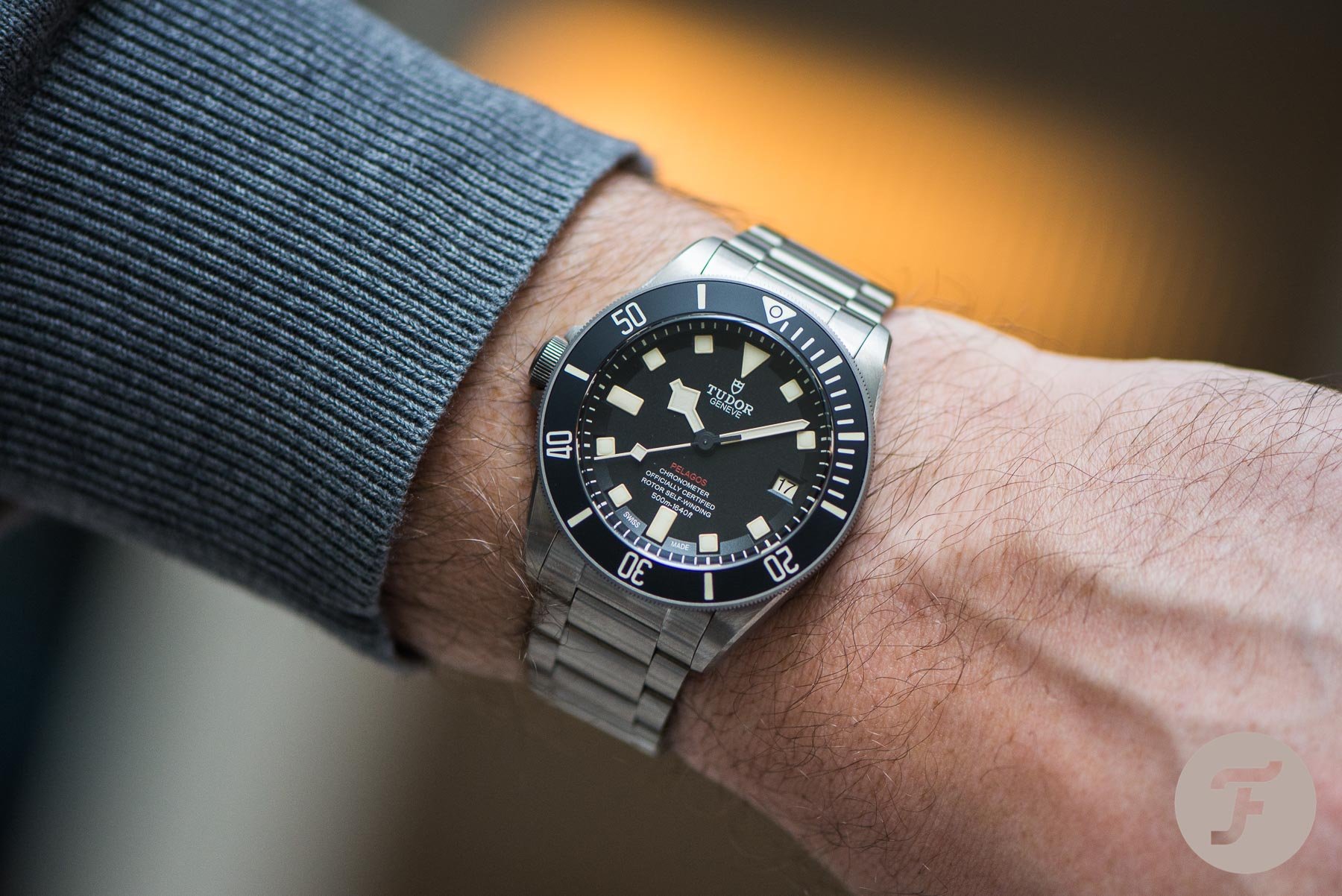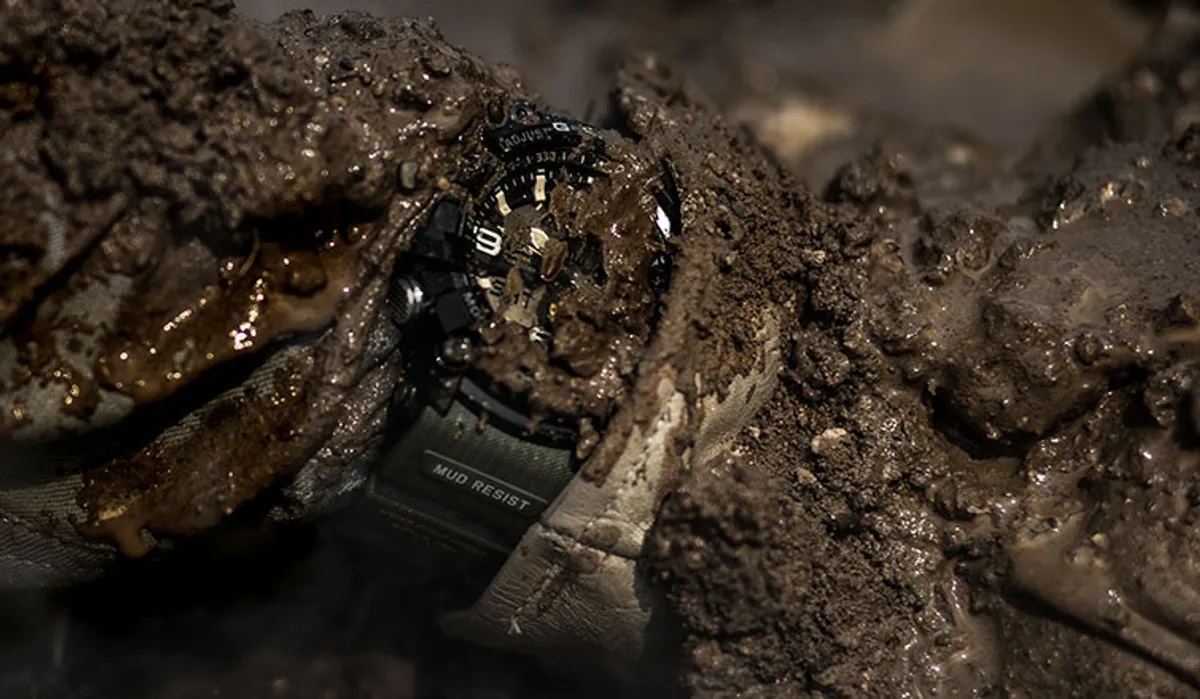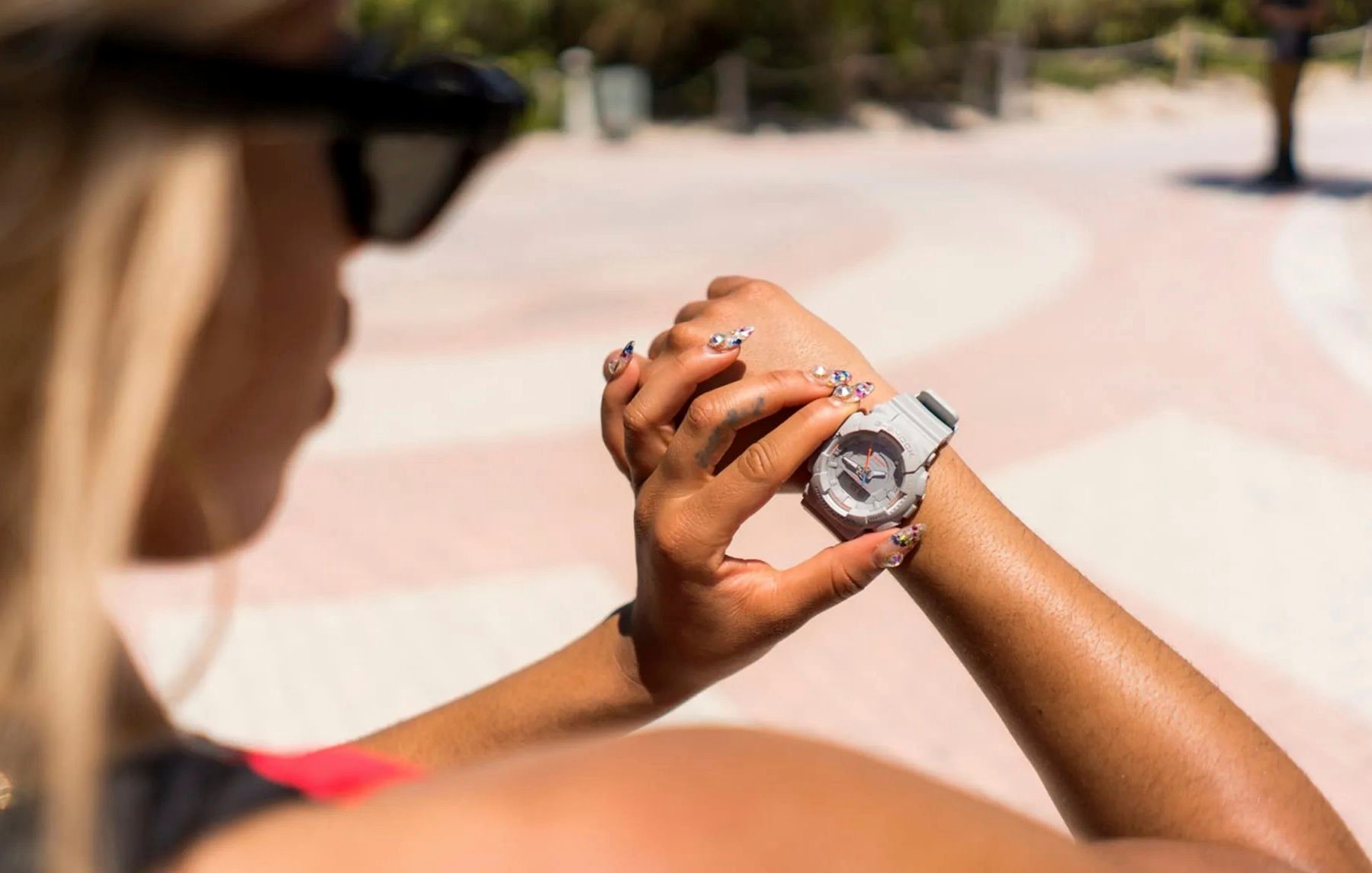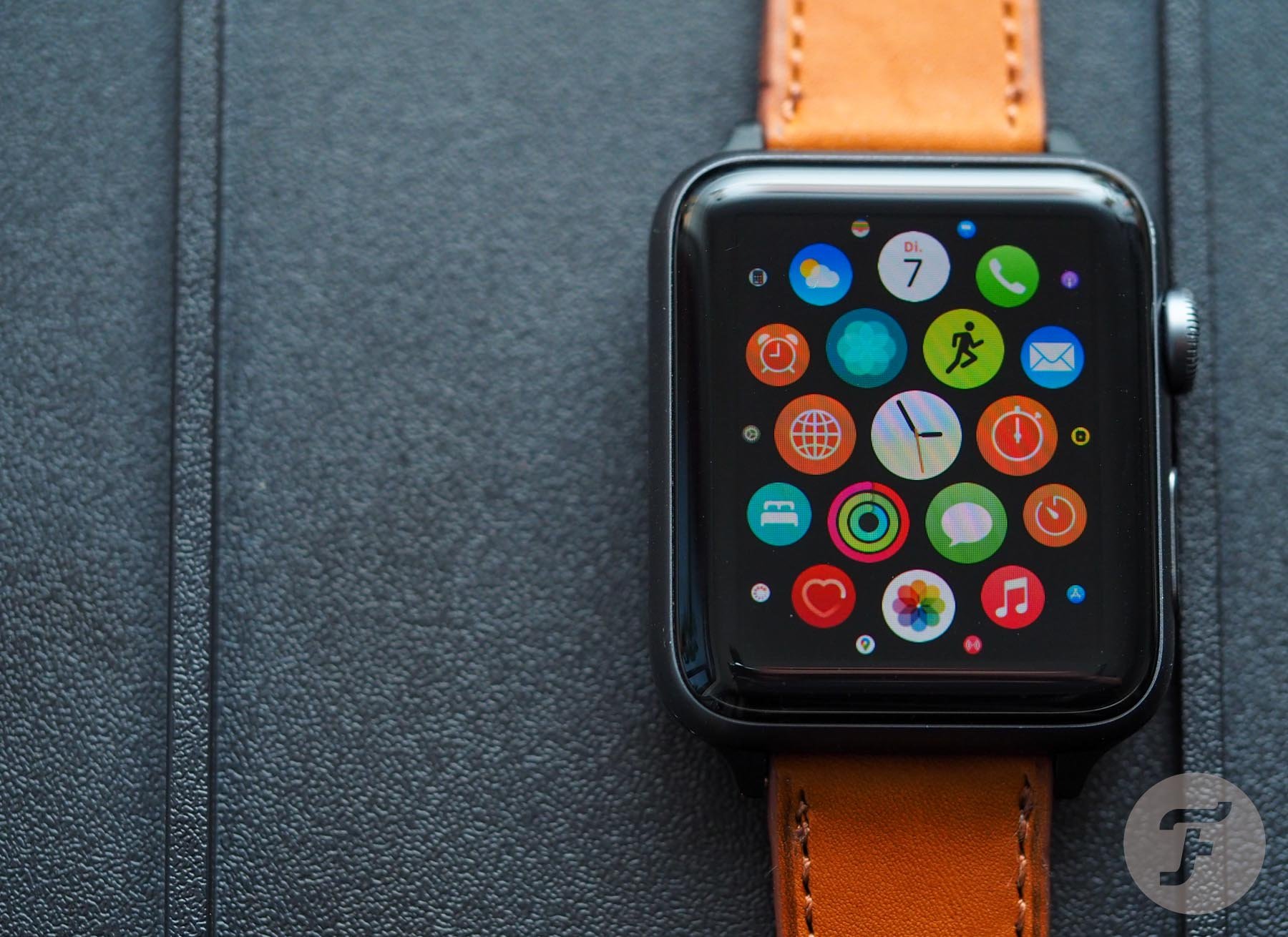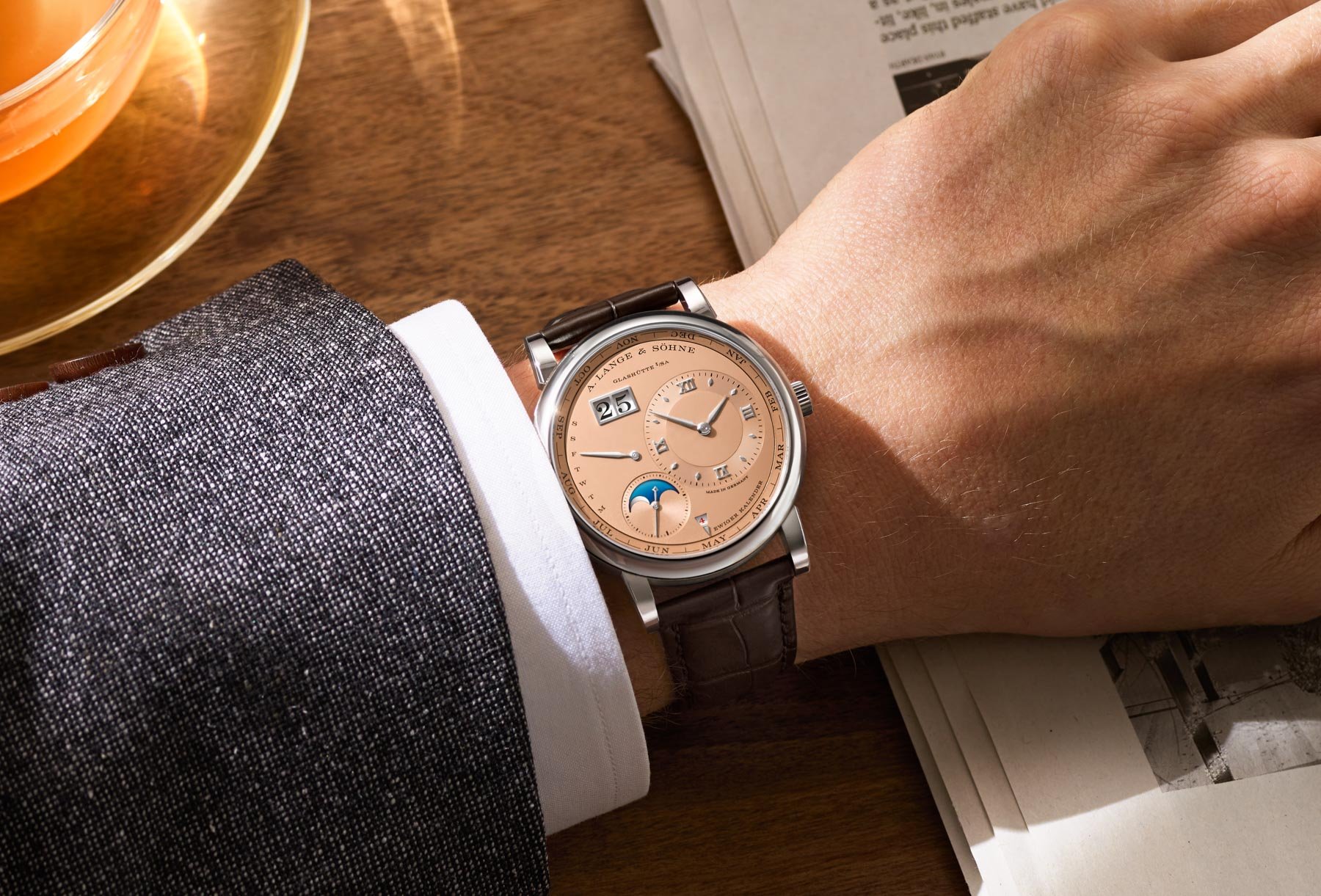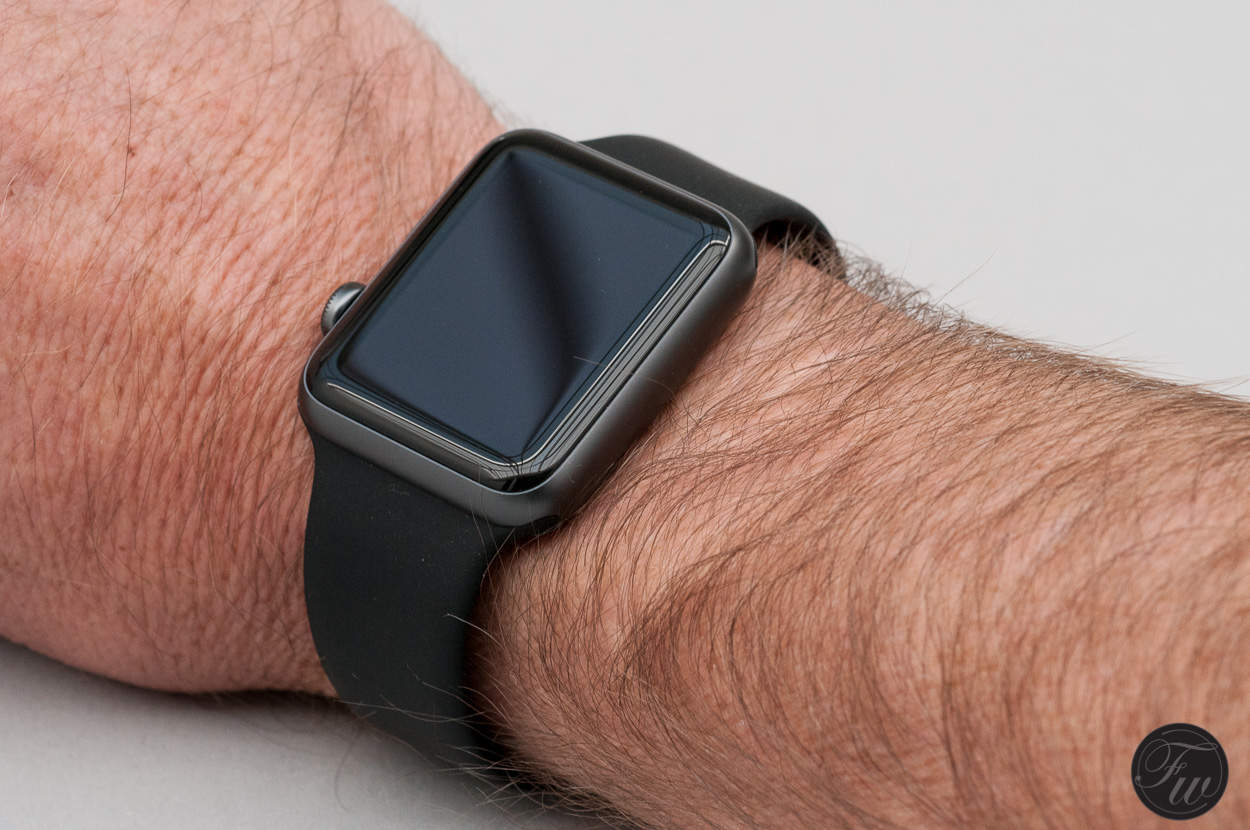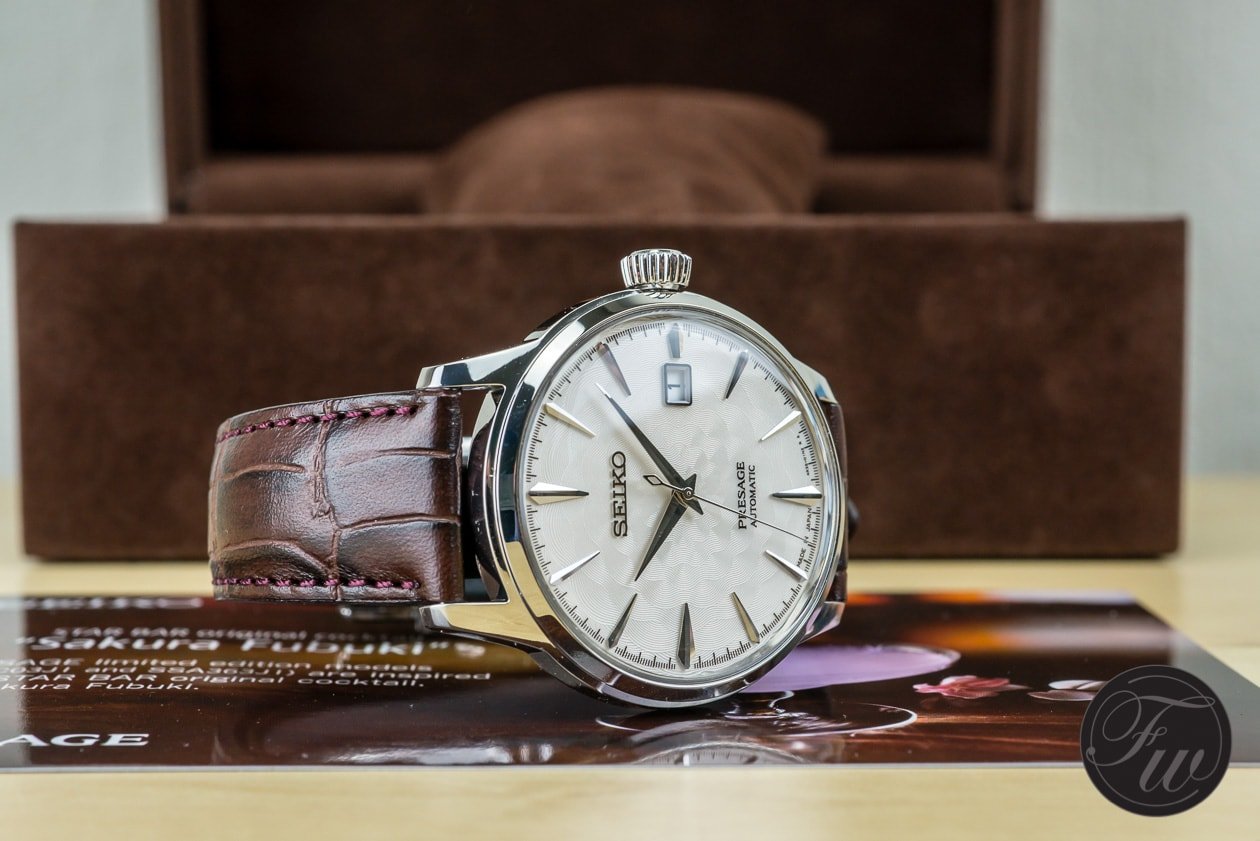(Almost) Anti-Smartwatch: An Argument For The Practicality Of The Wristwatch
Some have claimed that the wristwatch is dead. With cellphones, smartwatches, and all the smart assistance we might need, wearing a watch has been deemed anachronistic — an expression of a time gone by. So what are we doing? Collecting jewelry? Playing dress-up in outdated fashion? No! No matter the reason you wear a watch, there are people out there that still use watches for practical reasons. In fact, there’s a good chance you’re one of them.
Dive watches are no longer the primary timing tool for professional divers. Most pilots aren’t required to wear mechanical watches as a backup for flight instruments. Duly noted. But divers (and the rest of us) do still wear dive watches. Pilots still love a decent chronograph (don’t we all?). As technology continues to disrupt the established ways we do things, there are some artifacts — such as watches — we have a hard time letting go of. Nostalgia might drive the sentiment, but newer technologies don’t always do a better job than the things they replace (I do miss a good QWERTY keyboard on my phone). There are scenarios in which watches are still the best tool. Furthermore, the very relationships we have with watches have their own momentum, maintaining practicality in certain realms for as long as we collectively agree to wear them.
We’re still here!
Diver’s and pilot’s watches got the short end of the stick on this one. The two arguably best categories of watches have become unsupported by the activities that bore them. The rest of us watch-wearing professionals, not represented by specific genres of watches, quietly get away with still needing watches in what we do. And we’re everywhere, from cities to the country, and even up in the trees. There are plenty of people that still actively require wristwatches for doing their jobs well.
Nurses, laborers, dog-walkers, oh my!
For all the advertising that Casio produces for G-Shock featuring dirty men in rugged terrains, a lot of their hardest working watches stay firmly in the city and are regularly cleaned. Nurses and EMTs absolutely rely on watches to do their jobs well. A watch easily performs as a pulsometer. A timer with a lap function can track intervals between contractions. An alarm can remind a tired healthcare professional when to check on a patient or take a break. And simply, in an environment where bodily fluids and diseases are rampant, keeping a phone tucked away is preferable. A G-Shock is one of the only watches I’d trust to sterilize as thoroughly as a bedpan, and it might get just as much action as one.
Most physically oriented professionals have not found a transition to the smart device — phone or watch — tenable. For myself, a climbing arborist, knowing the time is imperative for pacing myself through the work, but pulling a phone out of my pocket 50m up a tree is a gamble. A coworker of mine has never been a watch wearer and keeps his phone in a badly beaten, rugged case. He doesn’t always drop his phone, but when he does, it’s exciting, to say the least. A drop from that height can do some damage. I am the de facto timekeeper, with a barked “time check!” getting a quick response from me, the watch wearer.
Keep it simple
From construction to law enforcement and even dog walking, people in professions that require relentless use of their hands wear watches, necessarily and unironically. And while smartwatches sell a good game, they don’t cut it as stripped-down, immediate time-telling tools. Smartwatches, with all of their available functions, have yet to catch up in intuitive ease of use. They also don’t fair as well with bodily fluids, tree sap, or dirt. And while a smartwatch can feasibly do just about as much as a smartphone can, the lack of immediate tactile accessibility to those functions prevents them from being mindless extensions of the body like a “regular” watch can be; there’s reduced muscle memory with a touchscreen.
A smartwatch is a watch
To many a reader’s chagrin, I contend that smartwatches, in all their iterations, are watches. Yes, they are computers. Yes, they are phones. Importantly, though, they follow the recognized form of a wristwatch. They go on the wrist and they tell time. Just as the smartphones of today are unrecognizable to the plug-in-the-wall phones of the ’90s but are still technically phones, so too are smartwatches both disconnected from “traditional” watches but still watches nonetheless.
Similar to how regular watches of the ’90s were incredibly practical and useful, today’s smartwatches fulfill the roles of “tool watch” in the digital age. From meeting reminders, to playing music, to — yes — even telling time, smartwatches are the practical evolution of the watch. Interestingly, they seem less afflicted by the covetous hype and collecting that are present in today’s watch consumption, more akin to how traditional watches were perceived during their practical heyday.
In part, it is the smartwatch’s lack of variation of design and allure that has kept it from completely taking over the traditional wristwatch for those not already bound to the functionality of a regular watch. For people looking for elements of self-expression, the smartwatch imparts a limited image. That’s fine for many, as a smartwatch is an emblem of efficiency and productivity. But it’s no Speedmaster, even if there could one day be an app for that. Many looking to express themselves horologically but can’t do without the technology have taken up “double wristing” — wearing a smartwatch on one wrist and a traditional watch on the other.
Not just wrist candy
For everyone else expressing themselves through non-smart watches, it isn’t all redundant anachronism. Yes, many watch wearers have phones with which to tell the time. But pulling a phone out of pocket or bag to check the time is (I can’t believe I’m saying this) a drag. It is a nervous tick that is nowhere near the elegance of a quick check of the wrist; it looks neurotic. I think we are hitting close to the apex of being tied to our phones. Developments in smartwatches and other technologies, but more importantly, shifts in the perception of our relationships with phones are ushering in an age of anti-phone. The new-phone smell is wearing off. We’re looking to get phones out of our hands and away from our eyes, and slotted into functional utility.
Spending a few thousand dollars to not have to pull out a phone to check the time is a hard sell, I know. But watches are more than just a time check. The eternal element of watches that carried them into the 21st century is also the foundation for the argument against their practicality — fashion. Self-expression and autonomy with that which we adorn ourselves is more than just clothes; it also includes watches. And it’s never as simple as just what we choose to wear. To the discerning observer, the fabric, color, and cut of clothing, and even body posture denote bits of data about many aspects of a person. Similarly, a watch says a lot.
Passport to Professionalism
Wearing a watch — and what watch you wear — imparts what could be valuable information. What a watch meant in the past, when watches were a ubiquitous part of work attire, was different than what they mean today. Rather, what they can mean today is much more expansive. Like how almost all of our established axioms of fashion have dissolved into a kaleidoscope of self-expression, watches have broken out of the rigidity of their utility and joined the spectrum. A certain watch, worn a certain way with certain articles of clothing, paints a specific portrait of the self to be exhibited to the world. However, there’s at least one thing that hasn’t changed in the meaning of a watch on the wrist — dedication.
With a million watches to choose from, each tells its story, but all say that you’ve come from something and that you’re going somewhere.
In a modern culture of chasing ultimate freedom and self-expression, wrapping a shackle of time around the wrist is no small gesture. For all its expressiveness, wearing a watch signifies sacrifice. An inexpensive watch imparts diligence. An expensive watch imparts a past period of spent time and effort to achieve one’s goals. Each signifies dedication. With a million watches to choose from, each tells its story, but all say that you’ve come from something and that you’re going somewhere. It is the nature of actively acknowledging time and our choices within it.
I’m not thrilled about the level of hype and prestige attributed to certain watch brands and models in recent years, but I can’t deny that within that exists a utility. What is prestige but a form of social currency? Within a community with a common orientation, someone is buying the prestige you’re selling. Like a sharp suit and haircut, for better or worse, people see and evaluate watches.
(Unless you’re in tech)
Because to a growing population, expressions of professionalism are at best “stuffy”. For those privileged enough to step out of professional attire entirely and wear “casual Friday” every day, the appearance of being relaxed and comfortable is a form of status signaling itself. I live in the San Fransisco Bay Area, home of Silicon Valley and where the men’s business suit was murdered. Smartwatch and hoodie is the uniform here for many working “white collar” jobs. I see status expressed by how relaxed and comfortable one can dress. The ultimate flex I’ve seen by wealthier people in tech — with plenty to be busy about — is the lack of a watch.
We’ve come full circle, from a time when the wealthiest nobles commissioned personal clocks to wear around their necks as a show of the value of their time, to now, where one can display their wealth and power by appearing completely unencumbered by such trivial matters as time. Like tattoos in Western culture, once taboo and relegated to outcasts now turned to another form of fashion, those without them portray a certain aloofness to the trend, intentional or not.
Securely Oriented
But everything happens in cycles, and fashion apparently so. Casualness will give way once again to more formal trends (though I hope we get to keep the comfort). Watches aren’t going anywhere. Because — contrary to the technophiles so keen to kill all that is not new and shiny — the simple wristwatch serves a purpose. It’s a purpose that differs from one wearer to the next, and the lack of a watch in a world of watches serves a purpose as well.
As long as the earth travels around the sun, we will want to know what time it is. Until they find a more poetic and direct expression of our relationship with time than the gears, batteries, crowns, and buttons that require our casual and pleasing interaction to tell us our place in the cosmos — and how late we are to that meeting — we will need watches. That’s a need I’m okay with having.

